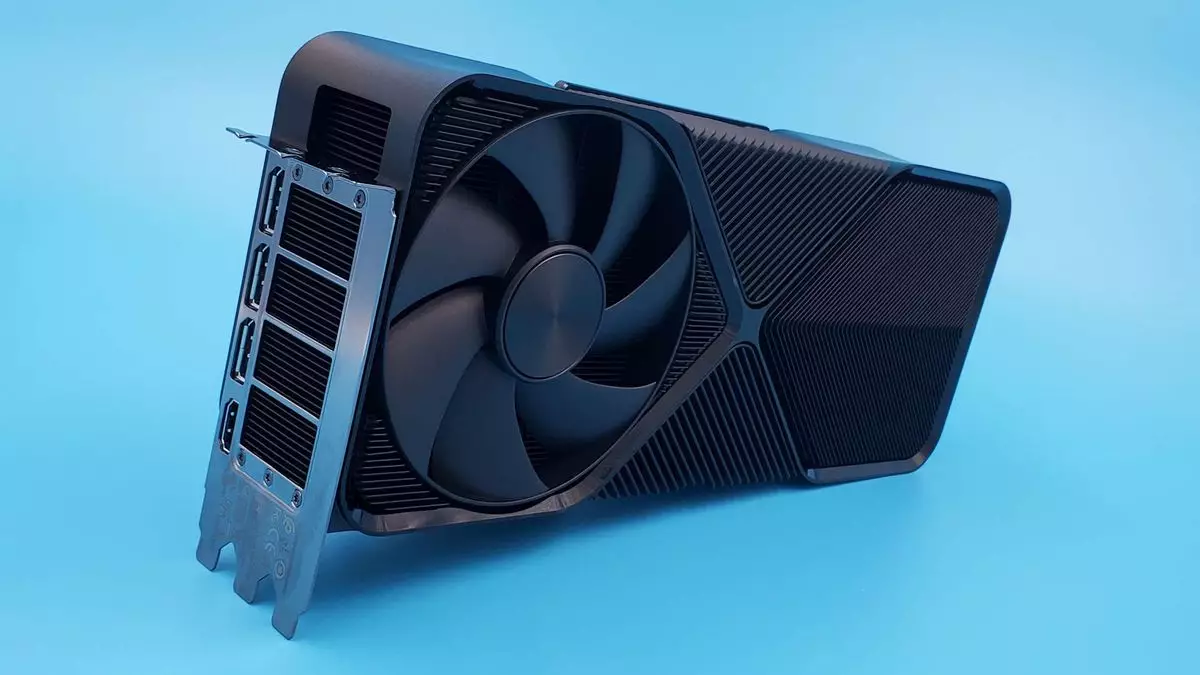The gaming industry constantly evolves, and the latest advancements in graphics processing technology are paving the way for a more immersive gaming experience. With supposedly leaked information surrounding Nvidia’s latest graphics card, the 32 GB RTX 5090, speculation is rife about the introduction of entirely new technologies at the upcoming CES 2025. One concept that remains at the forefront of this technological evolution is Neural Rendering, a potentially revolutionary shift in how graphics are processed and displayed.
Neural Rendering represents a significant departure from conventional graphics processing approaches. Traditionally, graphics rely on a 3D pipeline, where every element in a scene—ranging from textures to lighting—must be meticulously crafted through rigorous computational processes. Nvidia’s burgeoning focus on Neural Rendering, however, could mark the beginning of a new era where a substantial portion of these graphical elements are computed by neural networks instead.
At its core, the neural rendering process entails the application of artificial intelligence to generate graphics in real-time, creating the potential for an unparalleled level of realism and detail in gaming environments. Nvidia has previously explored this idea, with indications that they aspire to shift the graphic rendering workload almost entirely to AI systems, ultimately reducing the computational burden on traditional GPUs. Currently, technologies like DLSS and Frame Generation already leverage AI to enhance images, but the next step may redefine the landscape entirely.
While recent discussions hint that the impending RTX 50-Series could implement Neural Rendering capabilities, one must approach these claims with a healthy dose of skepticism. The idea that every pixel in a game could be generated through AI poses significant technical challenges. For instance, the complexity of accurately rendering dynamic environments, where elements constantly interact, would require immense processing power and sophisticated algorithms.
Nevertheless, Nvidia’s previous explorations into Neural Rendering—often mentioned in aspirational terms by corporate figures—suggest that the framework exists. At a certain point, however, rhetoric must mature into tangible functionalities. The nuances behind the processing elements only highlight that while we may see incremental advancements toward AI-driven graphics, claiming that the GPUs will completely eliminate the traditional rendering pipeline might be overly ambitious.
Revolutionizing Gameplay: Neural Rendering Capabilities and Applications
Notably, the implications of Neural Rendering extend beyond simply enhancing graphical aesthetics; they promise to enhance gameplay mechanics as well. By utilizing neural networks to precompute various components of scenes, Nvidia can enable far more fluid and realistic interactions within games. For instance, AI could intelligently anticipate player behavior, adjusting lighting, textures, and environmental cues accordingly. This level of interactivity would foster a richer gaming experience and considerably change how developers perceive and design game worlds.
Moreover, the influence of Neural Rendering reaches content creation beyond gaming. Thanks to advanced upscaling technologies driven by AI, creators can elevate video quality significantly even after it has been rendered. Consequently, this capability allows developers to maximize productivity while delivering visually stunning content without requiring additional rendering time—a powerful proposition considering the pressures of today’s fast-paced development timelines.
Though Nvidia’s ambitious aspirations are exciting, one must not overlook the possibility that some of these concepts could be enhanced marketing strategies. The term “Neural Rendering” itself risks being infused with buzzword status rather than serving as a clear definition of novel technology. If history has taught us anything, it is that companies often use such terms to create excitement and broaden market appeal, even before substantial breakthroughs are made.
However, Nvidia’s growing investment in AI suggests there is indeed a concerted effort to advance graphics technology meaningfully. Whether the world will witness a gradual enhancement of AI functionalities or a major leap into Neural Rendering remains to be seen. Nonetheless, the anticipation of the RTX 50-Series presents a tantalizing prospect—not just for graphics enthusiasts but for gamers eager for an all-new experience fueled by artificial intelligence.
As the gaming industry embraces innovative technologies, Neural Rendering stands at the forefront of potential advancements. Nvidia’s ongoing journey toward AI-enhanced graphics could redefine visual fidelity and realism in gaming. While we’re not likely to reach a point of entirely AI-rendered gaming worlds in the immediate future, the strides being made with AI-enhanced workflows and smarter processing remain promising. The gaming community can only wait with bated breath as we edge closer to the unveiling of the RTX 50-Series GPUs—an upgrade that may very well signify a turning point in graphics rendering.


Leave a Reply